Soil–Water Conservation, Erosion, and Landslide
Soil erosion is a serious threat to sustainable agriculture, food production, and environmental security. The advancement of accurate models for soil erosion susceptibility and hazard assessment is of utmost importance for enhancing mitigation policies and laws. This paper proposes novel machine learning (ML) models for the susceptibility mapping of the water erosion of soil. The weighted subspace random forest (WSRF), Gaussian process with a radial basis function kernel (Gaussprradial), and naive Bayes (NB) ML methods were used in the prediction of the soil erosion susceptibility. Data included 227 samples of erosion and non-erosion locations through field surveys to advance models of the spatial distribution using predictive factors.
Only logged in customers who have purchased this product may leave a review.
Related products
Soil Hydrology for a Sustainable Land Management
Soil Hydrology for a Sustainable Land Management
Water and Agriculture: Towards Sustainable Solutions
Water and Agriculture: Towards Sustainable Solutions
Soil Water and Agronomic Productivity
supply for supplemental irrigation. Global water use for agriculture,.as a percentage of the total water
use,was 81.4% in 1900, 72.3% in 1950, 68.2% in 1975, and 56.7% in 2000. Global water use for urban
purposes (km 3/year) was 20 in 1900, 60 in 1950, 150 in 1975, and 440 in 2000. Similarly, global water
use (km 3/year) for industrial purposes was 30 in 1900, 190 in 1950, 630 in 1975, and 1900 in 2000
Availability of water for irrigation is also constrained by the diversion to fossil fuel production
and eutrophication/pollution of water resources. One liter of bioethanol production requires 3500L
of fresh water. Thus, there is a strong and prime need for conserving, recycling, and improving soil-
water resources to meet the food demands of the growing world population.
Soil Water and Agronomic Productivity
supply for supplemental irrigation. Global water use for agriculture,.as a percentage of the total water
use,was 81.4% in 1900, 72.3% in 1950, 68.2% in 1975, and 56.7% in 2000. Global water use for urban
purposes (km 3/year) was 20 in 1900, 60 in 1950, 150 in 1975, and 440 in 2000. Similarly, global water
use (km 3/year) for industrial purposes was 30 in 1900, 190 in 1950, 630 in 1975, and 1900 in 2000
Availability of water for irrigation is also constrained by the diversion to fossil fuel production
and eutrophication/pollution of water resources. One liter of bioethanol production requires 3500L
of fresh water. Thus, there is a strong and prime need for conserving, recycling, and improving soil-
water resources to meet the food demands of the growing world population.




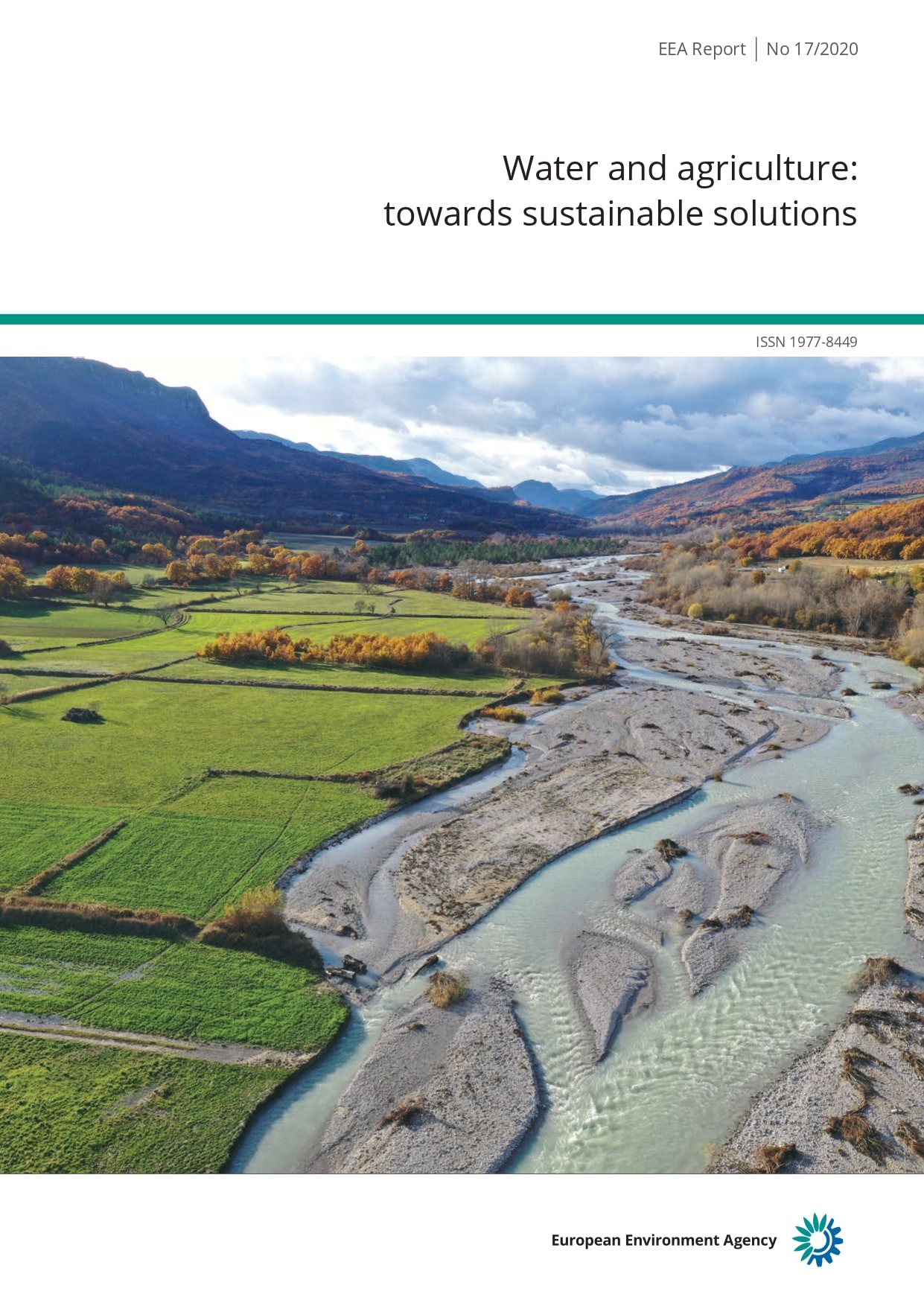
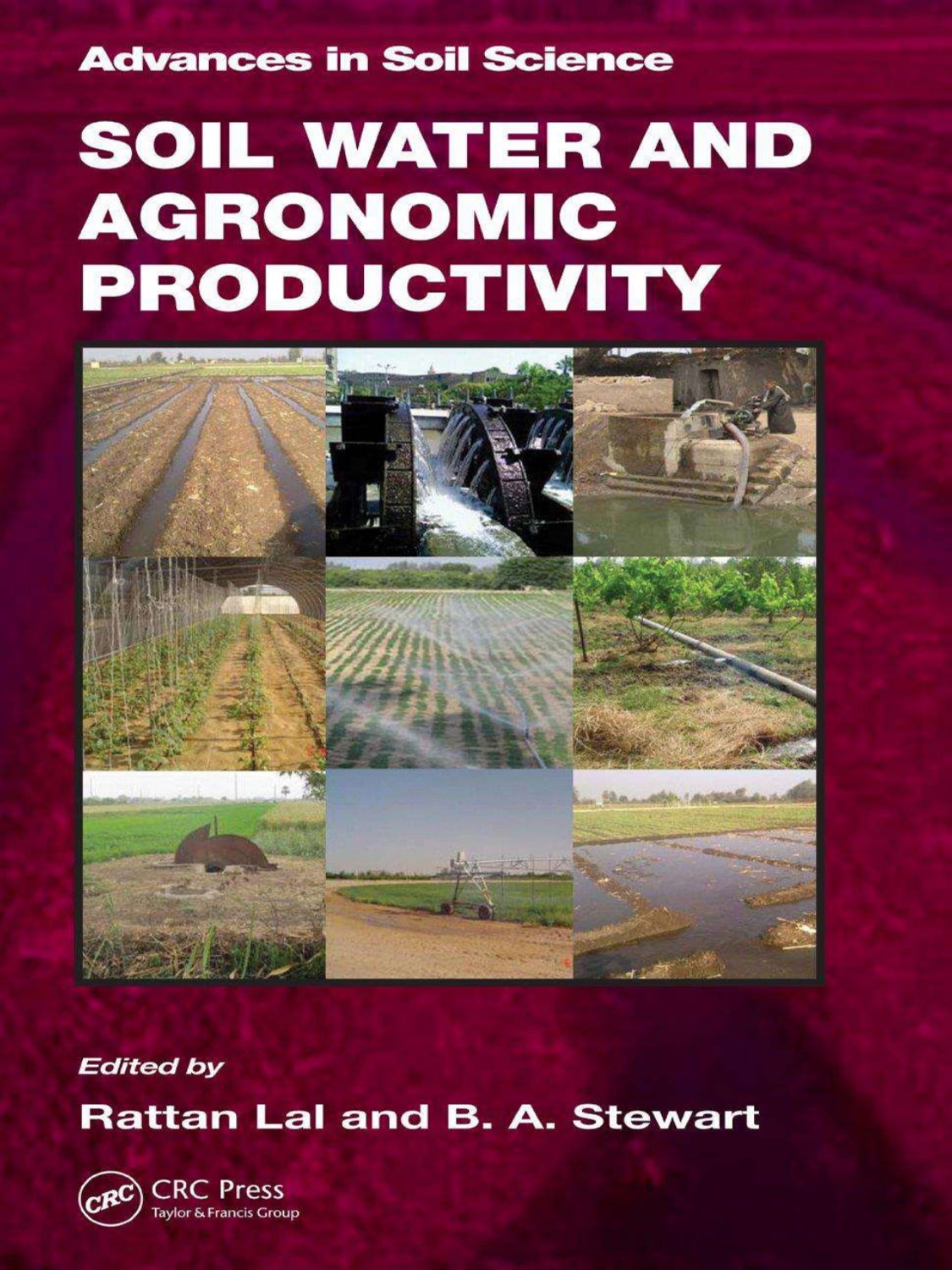

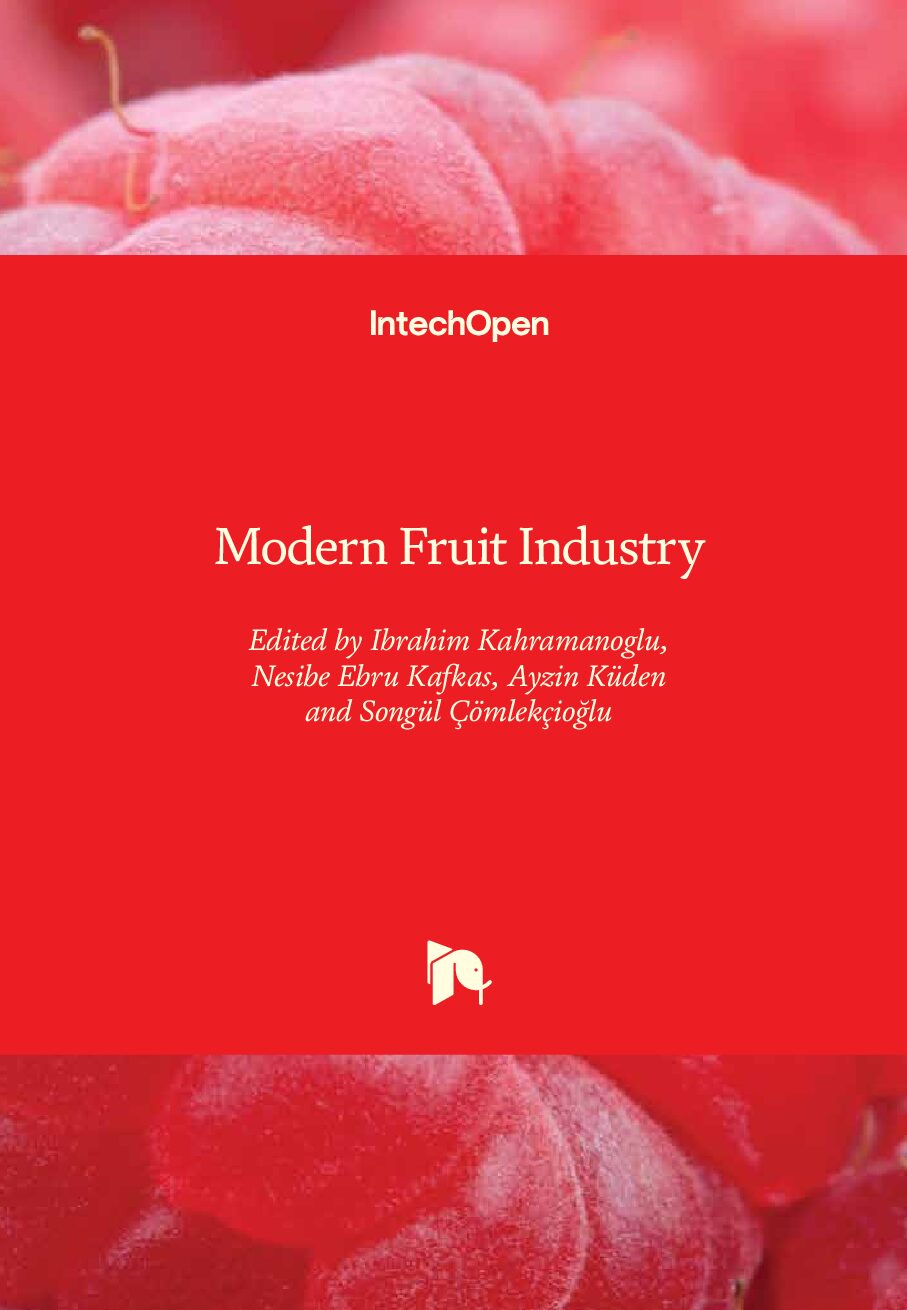
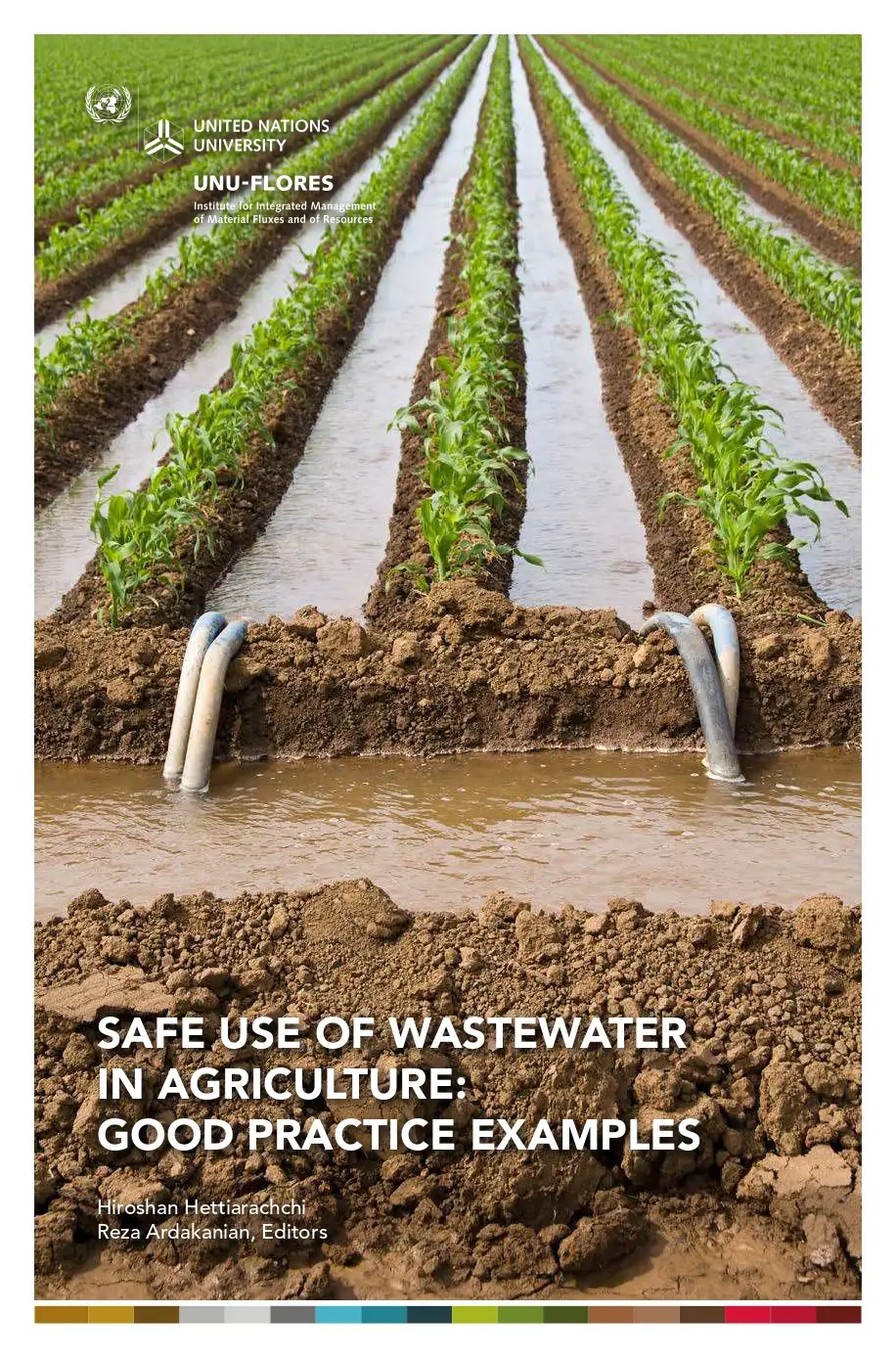
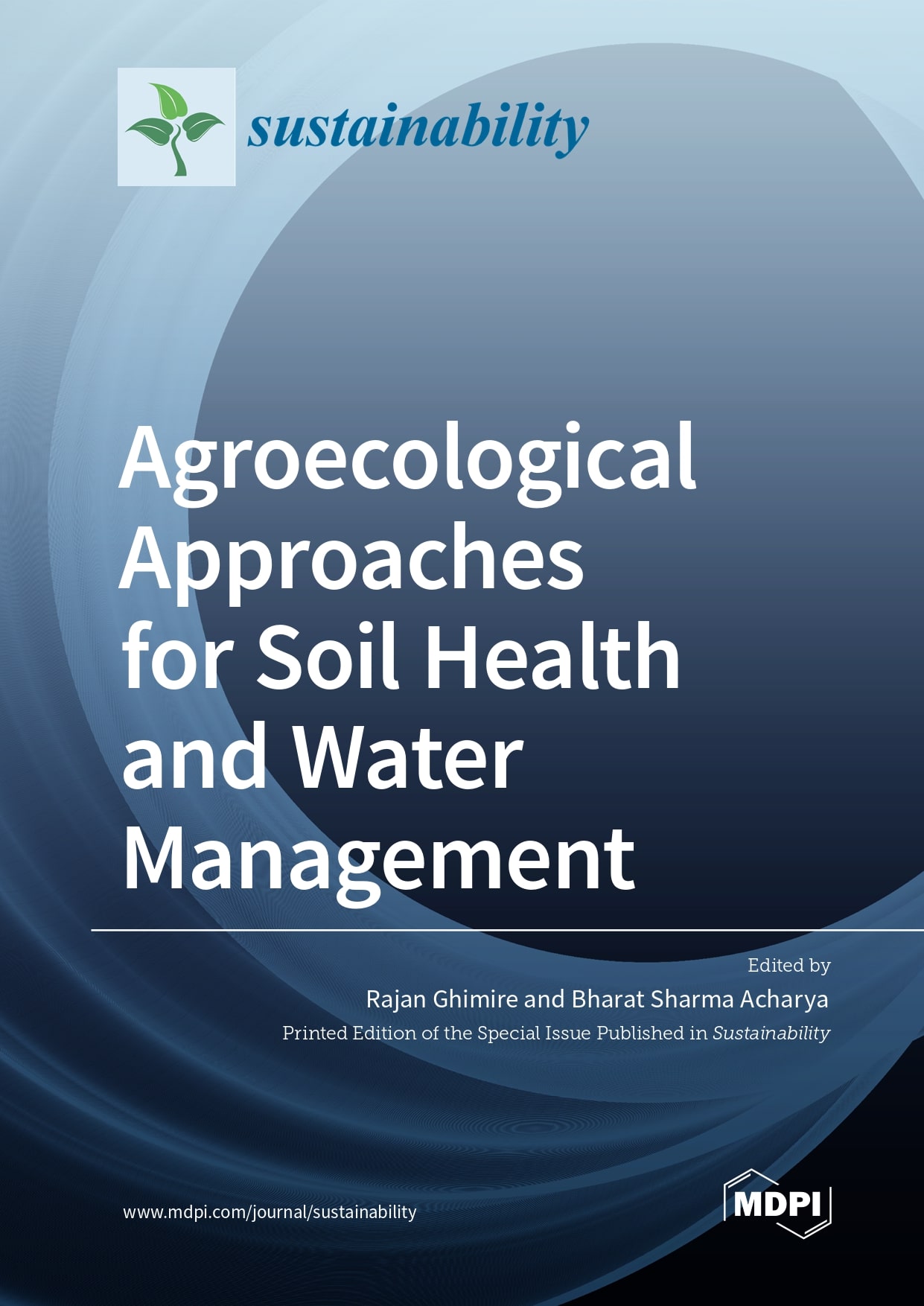





Reviews
There are no reviews yet.